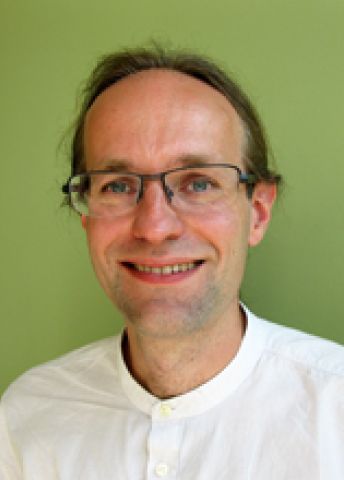
Program for Mathematics
Grant to recruit an international researcher
for a postdoctoral position
Hjalmar Rosengren, the Department of Mathematical Science
Chalmers University of Technology and the University of Gothenburg
Grant to recruit an international researcher
for a postdoctoral position
Hjalmar Rosengren, the Department of Mathematical Science
Chalmers University of Technology and the University of Gothenburg
Mathematical Background of New Theories in Physics
Professor Hjalmar Rosengren will receive funding from the Knut and Alice Wallenberg Foundation to recruit an international researcher for a postdoctoral position at the Department of Mathematical Science, Chalmers University of Technology and the University of Gothenburg.
Supersymmetry theories are a relatively new type of models describing the smallest elements of matter. With supersymmetry some theoretical problems of elementary particle physics can be explained, but only if every elementary particle has a supersymmetric partner, which also doubles the number of particles.
No observations have yet confirmed such a theory in nature. However, supersymmetry would fit well as a component of more general theoretical attempts to explain how gravity acts at very short distances, i.e. theories attempting to unify relativity with quantum theory. String theory is a notable example of such an attempt.
Theories of supersymmetry are interesting from the point of view of mathematics as well. Methods developed by physicists working on supersymmetry have contributed to progress in several branches of pure mathematics including algebraic geometry and topology. Of note are interesting identities for a new class of special functions appearing in theories of supersymmetry. The identities, which are often complicated, are equations relating two such special functions for all variable values.
About a hundred of such identities have been found but they are very complicated and only some have been proven rigorously. They can be important for physicists, for example when they try to compare different supersymmetric models.
The project’s goal is to study the mathematics behind the special functions and the identities they satisfy by combining methods developed by physicists with rigorous mathematical analysis. The results may be of interest for both physicists and mathematicians.